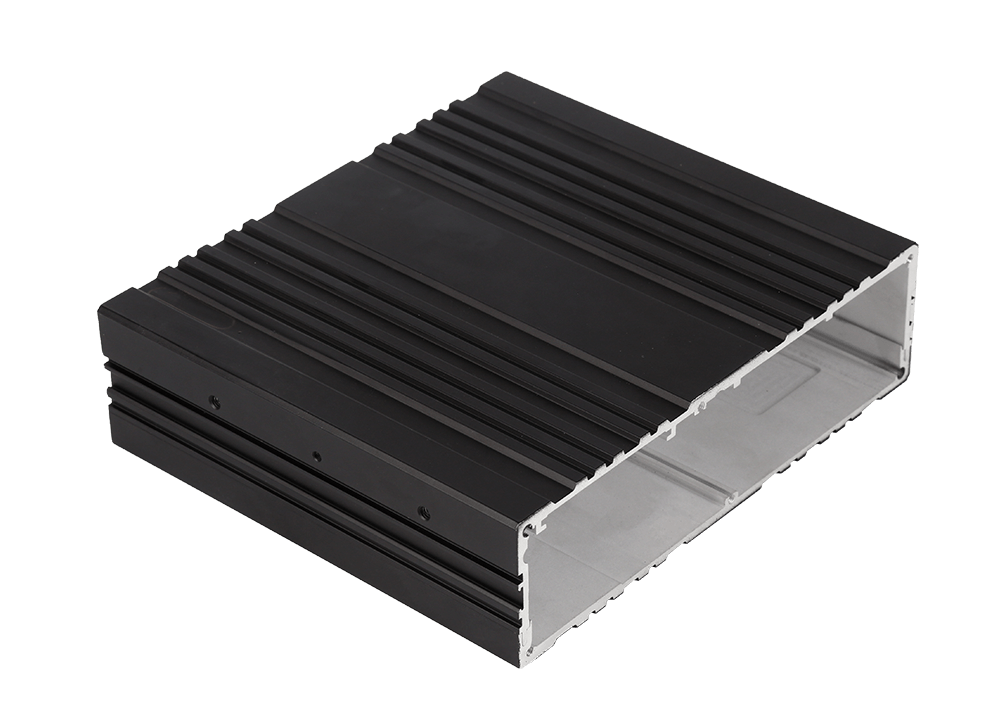Time:2023-08-22 Preview:
CNC machining/precision parts processing - a specialized company specializing in precision parts processing, five axis linkage parts processing, complex parts processing, invar alloy parts processing, titanium alloy parts processing, engineering plastic parts processing, and non-standard parts processing. We provide modular assembly services to customers in a one-stop manner, focusing on medical, semiconductor, aviation, energy, automotive, and communication fields. We have accumulated years of rich experience in precision machining, surface treatment and other technical processes of difficult metal materials such as invar alloys and titanium alloys.

Physical and chemical functions:
1. Density. After cold deformation, the density of aluminum material decreases due to the presence of microcracks or microcracks within and between grains, as well as the presence of voids in the cracks.
2. Resistance. The damage of intergranular materials, such as direct contact between grains, ordered grain orientation, and intergranular and intergranular cracking, all have a significant impact on the change in resistance. The first two reduce the resistance as the degree of deformation increases, while the latter is the opposite.
3. Chemical stability. After cold deformation, the internal energy of the material increases, making its chemical function more unstable and prone to corrosion, especially stress corrosion.
4. Structure and anisotropy: After significant cold deformation, the aluminum material exhibits anisotropy due to its texture. For example, aluminum alloy sheets are prone to significant earing during deep drawing. The processing conditions should be reasonably controlled to fully utilize the favorable aspects of texture and anisotropy, as well as the machining costs of CNC precision parts, while preventing or eliminating their unfavorable aspects. CNC precision parts processing
Technical requirements for repair welding:
1. Before repairing welding, the defects must be thoroughly removed. CNC precision parts should be processed, and the groove surface should be repaired smoothly and without sharp corners.
2. According to the defect situation of steel castings, the defects in the repair welding area can be removed by methods such as shovel excavation, grinding, carbon arc air gouging, gas cutting, or mechanical processing.
3. The repair welding area and dirt such as sand, oil, water, rust, etc. within 20mm around the groove must be thoroughly cleaned.
4. During the entire process of repair welding, the temperature in the preheating zone of the steel casting shall not be lower than 350 ° C.
5. If conditions permit, CNC precision parts processing quotation should be made and welding should be carried out in a horizontal position as much as possible.
6. When repairing welding, the welding rod should not undergo excessive lateral swing.
 Related News
Related News·The application range of hardware processing hardware products? ·CNC's functional function ·The content and scope of the workers operated by the vertical processing center? ·Common instructions for CNC machining centers ·How to Prevent Rust after Hardware Spraying ·Ten steps for CNC machining ·What are the applications of large CNC machining centers? ·How does the CNC processing center choose a tool reasonably? · The division of CNC machining processes can generally be carried out according to the following met ·Precautions for precision machining factories when processing parts


